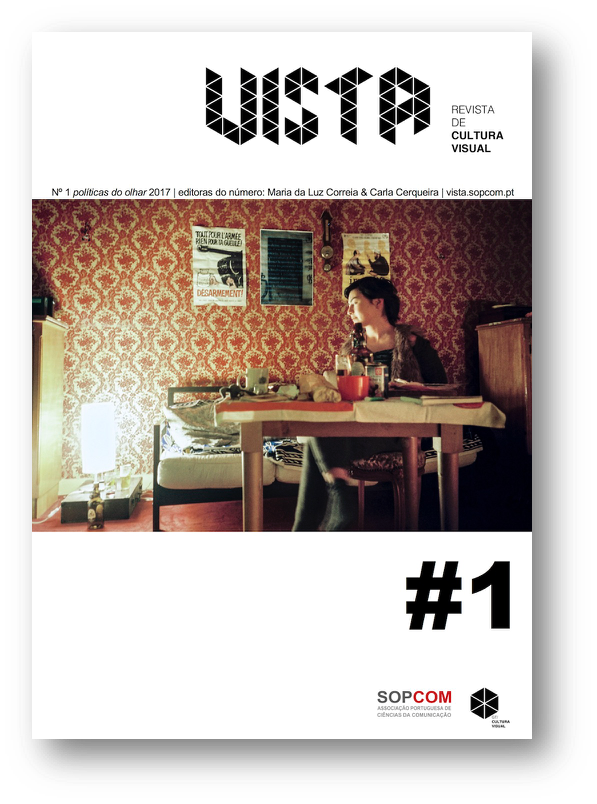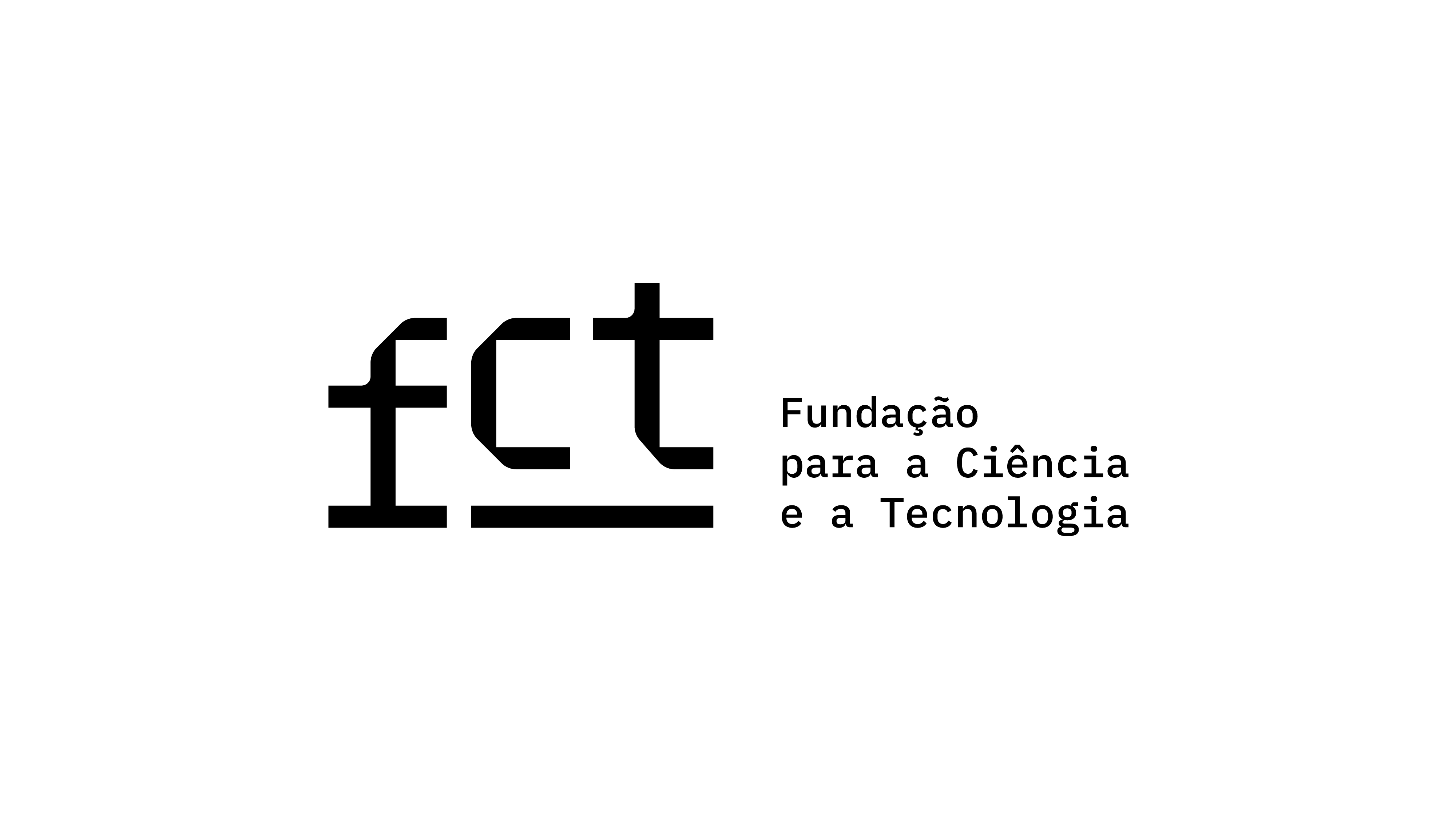A imagem como ausência
DOI:
https://doi.org/10.21814/vista.2970Keywords:
iconocracy, ideology, image, power of image, rhetoricAbstract
Since Ancient Greece, with Plato’s conception of image as, first of all, shadow, reflection and, then, as representation in general, to the present day, with the open-concept of “image” acquiring new virtual forms of light projection focusing on any material surface such as water or air, much has been reflected about the image, but also about its design and role in the contemporary world, which is increasingly global, virtual and, mostly, visual and iconolater. The new means and processes of production and consumption of images show a visual development. The image incites the overuse of devices and means of production/reproduction of image and leads to a modern iconolatry, which records all aspects of human life: the most private (intimate images published on social networks) and the most public (photojournalism of war); the most banal (selfies) and the unique moments and situations (echography); the most credible and the most manipulated by the “arrangement” of the image by Photoshop. I start from the assumption that an image is a sign; it has the power of semantic transitivity of evoking missing or non-existent realities and referents. My purpose is to support the thesis that image is sufficient and necessarily an image-sign and its power is in the representation function that occurs as a hierophany, i.e. a latent absence which manifest itself, because the meanings of the image are hidden or encoded in the image.
Downloads
References
Agamben, G. (1993). A Comunidade Que Vem. Lisboa: Editorial Presença.
Aumont, J. (2002). A Imagem. São Paulo: Papirus Editora.
Barthes, R. (1987). A Aventura Semiológica. Lisboa: Edições 70.
Barthes, R. (1991). Mythologies. Nova Iorque: The Noonday Press.
Barthes, R. (2006). A Câmara Clara. Lisboa: Edições 70.
Barthes, R. (2007). Elementos de Semiologia. Lisboa: Edições 70.
Barthes, R. (2009). O Óbvio e o Obtuso. Lisboa: Edições 70.
Baudrillard, J. (1991). Simulacros e Simulação. Lisboa: Relógio d’Água.
Berger, J. et al. (2005). Modos de Ver. Barcelona: Editorial Gustavo Gili.
Bignell, J. (2002). Media Semiotics. Manchester: Manchester University Press.
Bulmer, S. & Oliver, M. B. (2006). Visual rhetoric and global advertising imagery. Journal of Marketing Communications, Vol. 12 No1, 49-61.
Chevalier, J. & Gheerbrant, A. (1997). Dicionário dos Símbolos. Lisboa: Círculo de Leitores.
Debord, G. (1995). The Society of the Spectacle. Nova Iorque: Zone Books.
Debray, R. (1994). Vida e Morte da Imagem: Uma História do Olhar no Ocidente. Rio de Janeiro: Vozes.
Deleuze, G. (1985). Cinema 2: L’image-Temps. Paris: Les Editions de Minuit.
Derrida, J. (2005). A Farmácia de Platão. São Paulo: Editorial Iluminuras.
Eco, U. (2001). A Estrutura Ausente. São Paulo: Editora Perspectiva.
Eliade, M. (1979). Imágenes y Símbolos – Ensayos sobre el Simbolismo Mágico- Religioso. Madrid: Ed. Taurus.
Eliade, M. (1999). O Sagrado e o Profano – A Essência das Religiões. Lisboa: Livros do Brasil.
Finkelstein, J. (2007). The Art of Self Invention – Image and Identity in Popular Visual Culture. Nova Iorque: I.B.Tauris.
Fulchignoni, E. (1969). La Civilisation de l’Image. Paris: Payot.
Joly, M. (2008). Introdução à Análise da Imagem. Lisboa: Edições 70.
Jung, C. (2008) Tipos Psicológicos. Barcelona: Edhasa.
Marx, K. (1982). Para a Crítica da Economia Política. In Obras Escolhidas de Marx e Engels, 1.o Volume, Lisboa: Editorial Avante.
Marx, K. & Engels, F. (1982). A Ideologia Alemã. In Obras Escolhidas de Marx e Engels, 1.o Volume, Lisboa: Editorial Avante.
Nietzsche, F. (1995). Da Retórica. Lisboa: Vega.
Otero, J. C. (2003). Estética y Culto Iconográfico. Madrid: Biblioteca de Autores Cristianos.
Platão (1992). Ménon. Lisboa: Edições Colibri.
Platão (2000). Fedro. Lisboa: Guimarães Editores.
Platão (2006). A República. Lisboa: Fundação Calouste Gulbenkian.
Ricoeur, P. (1990). Historia y Verdad. Madrid: Ediciones Encuentro.
Ricoeur, P. (1991). Ideologia e Utopia. Lisboa: Edições 70.
Ricoeur, P. (2013). A Simbólica do Mal. Lisboa: Edições 70.
Sartori, G. (2000). Homo Videns – Televisão e Pós-pensamento. Lisboa: Terramar.
Sartre, J.-P. (s.d.). A Imaginação. Lisboa: Difel.
Schopenhauer, A. (2005). O Mundo como Vontade e Representação. Porto: Rés Editora.
Sontag, S. (2012). Ensaios de Fotografia. Lisboa: Quetzal.
Volli, U. (2004). Semiótica da Publicidade. Lisboa: Edições 70.
Wittgenstein, L. (1996). Philosophical Investigations. Oxford: Blackwell.
Wittgenstein, L. (1999). Tractatus Logico-Philosophicus. Londres: Routledge.
Zizek, S. (2008). The Sublime Object of Ideology. Londres: Verso.
Zizek, S. (org.) (2010). Um Mapa da Ideologia. Rio de Janeiro: Contraponto Editora.
Downloads
Published
How to Cite
Issue
Section
License

This work is licensed under a Creative Commons Attribution 4.0 International License.
Authors own the copyright, providing the journal with the right of first publication. The work is licensed under a Creative Commons Attribution 4.0 International License.













